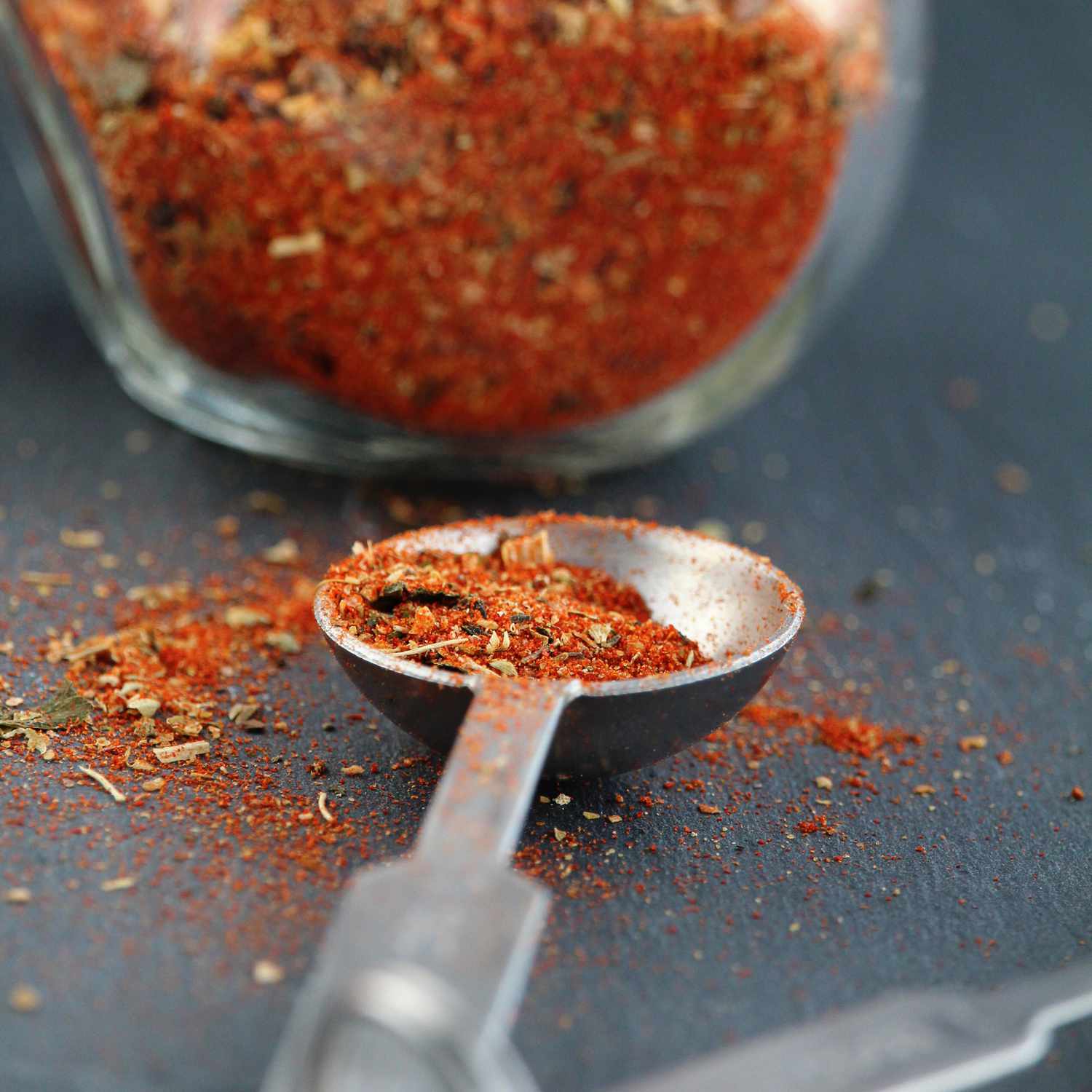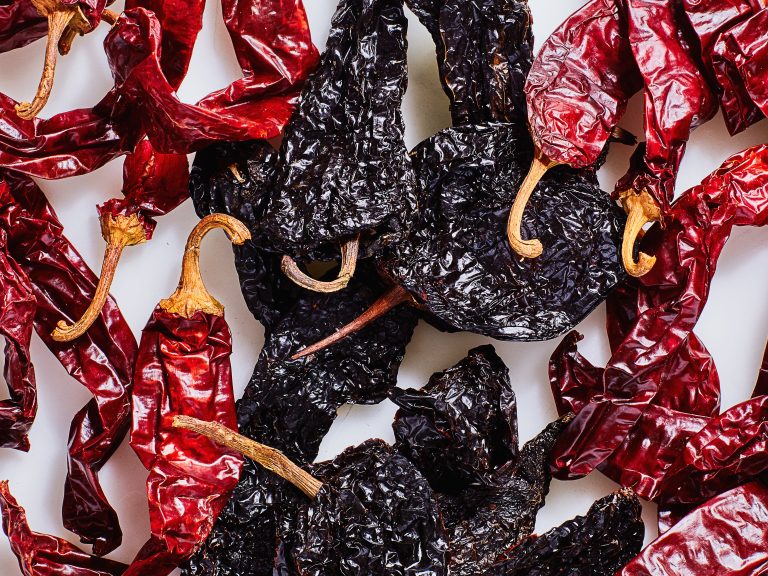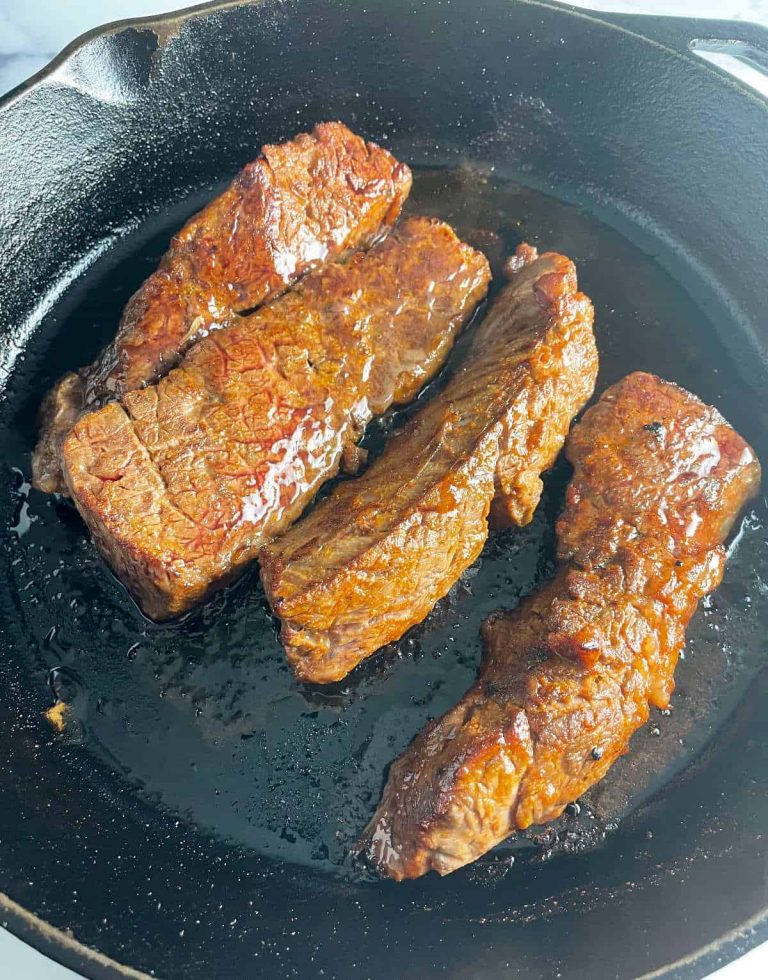Creole Seasoning Blend Recipe
Creole seasoning blend has roots in the culinary traditions of Louisiana. Emerging from the melting pot of French, Spanish, African, and Native American cultures, this seasoning captures the essence of Southern cuisine. Initially developed by the Creole people, it combines various spices to create a balanced yet flavorful profile. Over time, families and chefs have adapted the recipe, making it a staple in kitchens across the region.
Key Ingredients
Creole seasoning blend includes a mix of spices that provide both depth and complexity. Essential ingredients typically found in the blend are:
- Paprika: Adds smoky sweetness and a vibrant red color.
- Garlic powder: Enhances the savory notes and adds a robust flavor.
- Onion powder: Complements garlic powder, delivering a rich and slightly sweet undertone.
- Thyme: Provides earthy, herbal notes that balance the zestier spices.
- Oregano: Offers a peppery, savory depth to the seasoning.
- Cayenne pepper: Contributes a hint of heat.
- Black pepper: Adds sharpness and enhances the overall spiciness.
This combination of spices ensures flexibility, making the blend suitable for meats, seafood, vegetables, and soups.
Taste Profile of Creole Seasoning Blend
Typical Flavors
Creole seasoning blend offers a complex taste profile. The primary flavor is a balanced mix of spicy and savory notes. Sweetness from paprika, warmth from garlic powder, and a subtle, earthy flavor from thyme create a multi-dimensional taste. The blend often includes cayenne pepper for a mild to moderate heat. Onion powder adds depth, while oregano or basil can provide a fragrant undertone. These ingredients make Creole seasoning versatile, enhancing dishes like meats, seafood, vegetables, and soups with a vibrant Southern flair.
Comparing Creole to Cajun Seasoning
Creole seasoning and Cajun seasoning share similarities but differ in flavor complexity. Creole seasoning typically has a more intricate flavor due to additional herbs like thyme, oregano, and basil. Cajun seasoning is generally spicier, featuring a higher concentration of cayenne pepper and black pepper. While Creole blends focus on a balanced spice and herb mix, Cajun seasoning tends to emphasize bold, spicy notes. These differences allow Creole seasoning to offer a mellower taste suitable for a variety of dishes, whereas Cajun seasoning is preferred for adding a stronger kick.
Culinary Uses of Creole Seasoning Blend
Popular Dishes
Creole seasoning blend enriches various dishes with its unique flavor. It’s integral in jambalaya, enhancing the dish’s depth and complexity. Gumbo utilizes the seasoning to create a rich, spicy broth, combining perfectly with its diverse ingredients. In crawfish boils, the blend infuses a pleasant heat, complementing the seafood. Fried catfish achieves a flavorful crust when coated with Creole seasoning before frying, adding a savory kick. Similarly, red beans and rice benefit from the blend, which harmonizes the beans’ earthiness and rice simplicity.
Innovative Recipes
Chefs incorporate Creole seasoning blend into a variety of creative recipes. Roasted vegetables, spiced with the blend, offer a vibrant twist on a classic side dish. Incorporate it into aioli or mayonnaise for a zesty dipping sauce perfect for fries or sandwiches. Marinate chicken breasts in a mixture of the seasoning and olive oil before grilling to inject robust flavor into your proteins. Additionally, popcorn takes on an exciting new taste with a sprinkle of Creole seasoning, turning a simple snack into a gourmet treat.
Health Benefits and Considerations
Nutritional Content
Creole seasoning blend contains various spices that provide several nutritional benefits. Many ingredients in Creole seasoning, such as paprika, garlic powder, and thyme, are rich in antioxidants. These antioxidants combat oxidative stress and support overall health. Garlic powder and onion powder also offer anti-inflammatory properties, potentially reducing inflammation in your body.
Paprika, a key ingredient, is high in vitamins A, E, and C, contributing to eye health, skin integrity, and immune function. Oregano and basil add to the blend’s nutritional profile with vitamins K, A, and C. Cayenne pepper not only provides heat but also contains capsaicin, which can boost metabolism and relieve pain.
Dietary Restrictions
Creole seasoning blend can cater to various dietary preferences but require attention to potential allergens or sensitivities. If you follow a gluten-free diet, ensure the blend does not contain gluten-containing additives or cross-contaminated spices. Always read labels meticulously if you have celiac disease.
For those on a low-sodium diet, select Creole seasonings with no added salt or low-sodium versions. Many store-bought blends contain added salt, which can increase your sodium intake. Alternatively, prepare the blend at home to control the sodium content.
Vegans and vegetarians can safely use Creole seasoning, as it comprises only plant-based ingredients. However, it’s crucial to check for any hidden animal-derived additives in commercial products.
Creole seasoning can enhance the flavor of dishes without compromising nutritional goals or dietary restrictions, provided you choose or prepare the blend carefully.
Where to Buy Creole Seasoning Blend
Store-Bought vs. Homemade Options
Purchasing Creole seasoning is convenient and ensures consistency. Many grocery stores stock it in the spice aisle, offering a range of brands to choose from. For those who seek specific flavor profiles, making it at home allows for customization. Homemade blends can be adjusted to suit personal taste preferences, dietary needs, and ingredient availability.
When buying store-bought options, you’ll find pre-measured, ready-to-use blends. These are ideal for quick meal preparation and ensure a standard flavor profile. However, they may contain additives and preservatives—always check the label for these and other allergens.
Homemade Creole seasoning provides complete control over ingredients. It can be fresher, avoiding preservatives, and you can modify salt levels, spice intensity, and specific ingredients to match your dietary needs. To create a basic blend at home, mix spices like paprika, garlic powder, onion powder, thyme, oregano, cayenne pepper, black pepper, and salt.
Recommended Brands
Several brands offer quality Creole seasoning that you can purchase both in-store and online:
- Tony Chachere’s: Known for its classic Creole flavor profile, it’s widely available in grocery stores and online.
- Zatarain’s: Offers a well-balanced seasoning blend, popular for its versatility in various Southern dishes.
- Slap Ya Mama: Provides a range of heat levels, from mild to hot, catering to different spice preferences.
- Louisiana Fish Fry: Features a Creole blend that pairs well with seafood and other dishes.
- Badia: Often praised for its affordability and quality, a staple for many home cooks.
Each brand offers distinct flavor notes and spice levels. When selecting, consider your flavor preference and dietary needs to find the best match for your culinary style.
Conclusion
Creole seasoning blend is more than just a spice mix; it’s a gateway to the rich culinary traditions of Louisiana. Whether you’re a seasoned chef or a home cook, this blend can transform your dishes with its unique and balanced flavors. By understanding its origins and versatility, you can make informed choices to suit your taste and dietary needs. Whether you opt for a store-bought blend or create your own, Creole seasoning offers endless possibilities for adding that vibrant Southern flair to your meals. Explore, experiment, and enjoy the flavorful journey that Creole seasoning brings to your kitchen.





